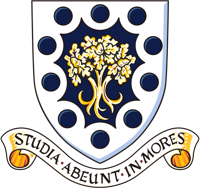Learning Beyond the Book
Beyond the Book —
how we plan for, and implement our English curriculum
at HD Beijing School
Author:Hannah Carpenter / Stefan Wuestner
01
Why we develop customised units
of English at HD Beijing
At HD Beijing, each unit of learning is based on English National Curriculum objectives and customised by our teachers to ensure the appropriate objectives are met and the needs of each learner are catered to. This article is from the perspective of our Grade 3 teachers. It highlights some key considerations made and details the process our teachers go through when planning units of learning for our students at HD Beijing.
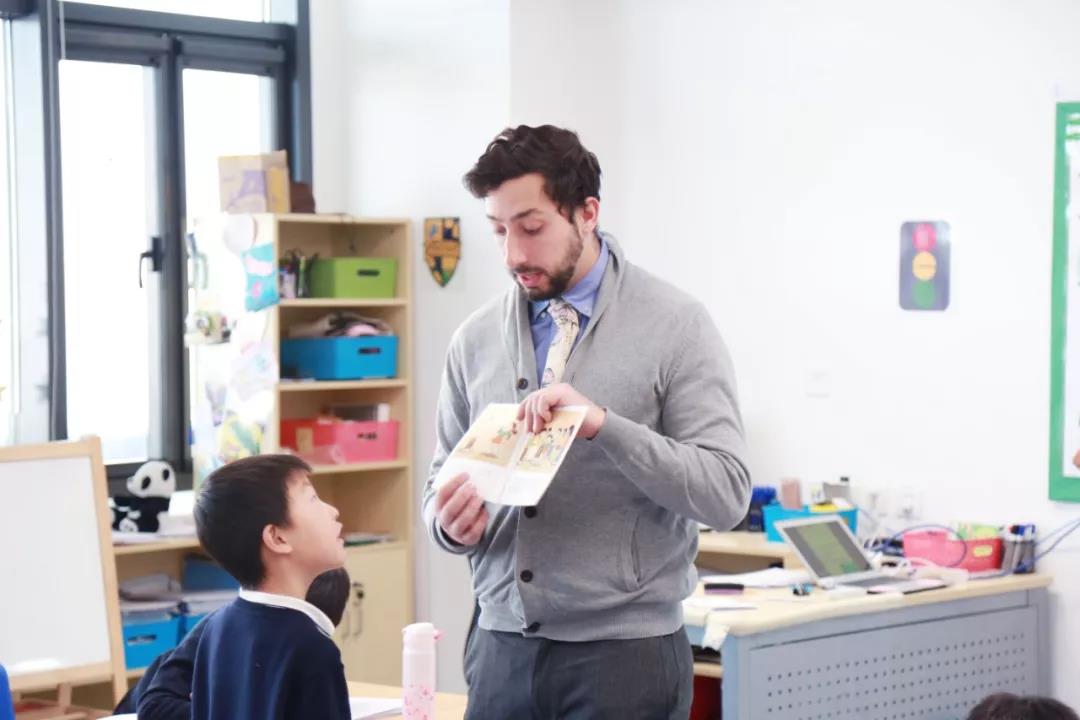
At HD Beijing School, students work through a range of genres and skills, learning about these before being given the opportunity to use them in their own writing. Significant research has been conducted that addresses how best to teach children to read and write, particularly in terms of specific strategies for English language learners. At HD Beijing School we conscientiously incorporate this research into our teaching model.
As teachers, we continually assess the progress of each student, identifying gaps in knowledge and ensuring that each individual can access the curriculum at their own level to achieve the end of year expectations. Each grade is working towards the objectives set out in the English National Curriculum, that state what students should be able to achieve by the end of each academic year. Teachers plan lessons that build upon children’s previous learning and help them to acquire new skills to meet these end of year expectations.
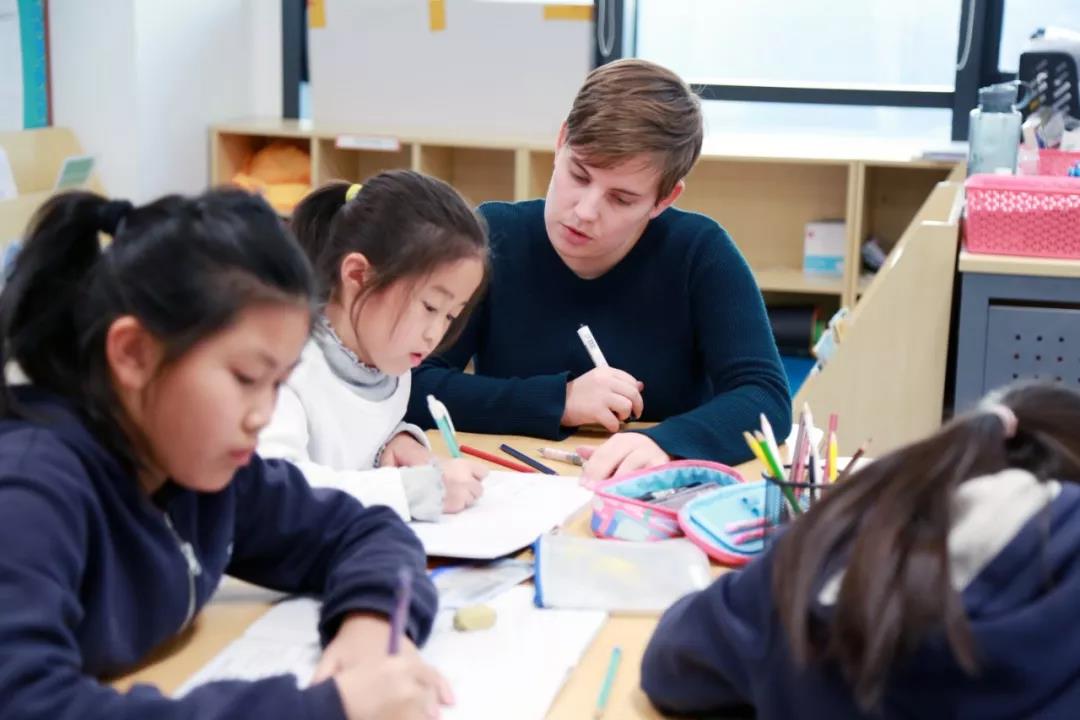
Children are assessed using a range of formative and summative assessment techniques, and lessons are planned and adapted to meet the specific needs of our students. Using a range of resources to support learning gives teachers the flexibility and freedom to creatively design learning activities which are adaptive and individual to the needs of the students.
As all children are different – learning in different ways and atdifferent rates. Through our careful planning, we ensure that specific individual learning targets for each child in each lesson are set. Activities are planned so that individual children can be supported or extended appropriately through the use of concrete resources, modelling, active learning and peer or adult support.
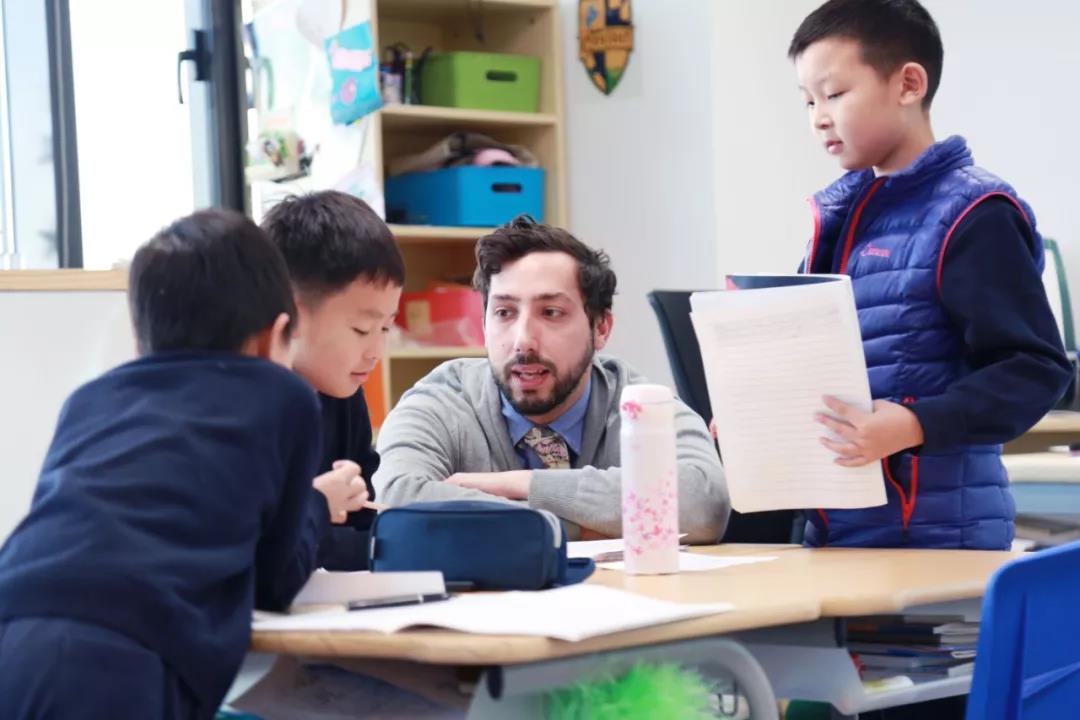
02
How we plan and implement a unit of
English at HD Beijing.
Firstly, we choose a relevant and accessible key text from which to draw all of our key learning. For our current unit; ‘stories with a familiar setting’, we chose a text that is engaging for the children and culturally relevant. By doing this, we aim to help the children to draw from their personal experiences and to make links to their heritage and the Chinese curriculum.
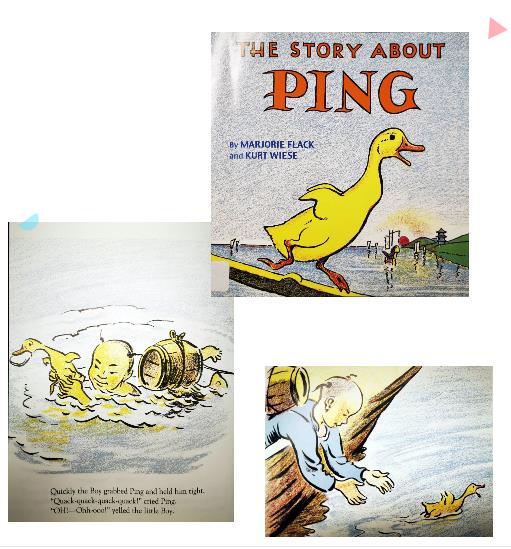
Once an appropriate text is chosen, teachers begin the planning process by identifying which English National Curriculum learning objectives will be taught in the unit. Alongside this, teachers will also look atchildren’s work from previous lessons combined with assessment data to identify any areas that need to be revisited and/or consolidated during the unit.
For example, in this unit of work we are working towards the following end of year objectives: developing a rich vocabulary, extending sentences and creating setting, characters and plot. We also identified that many children needed to consolidate their learning of the grammatical structure of sentences based on the outcome of the previous units of work. As a result, we have planned a series of lessons that build upon the children’s prior knowledge and introduce them to new and more advanced skills. In this way, we can also ensure that all children within a class are able to access the learning and make progress towards the end of year targets.
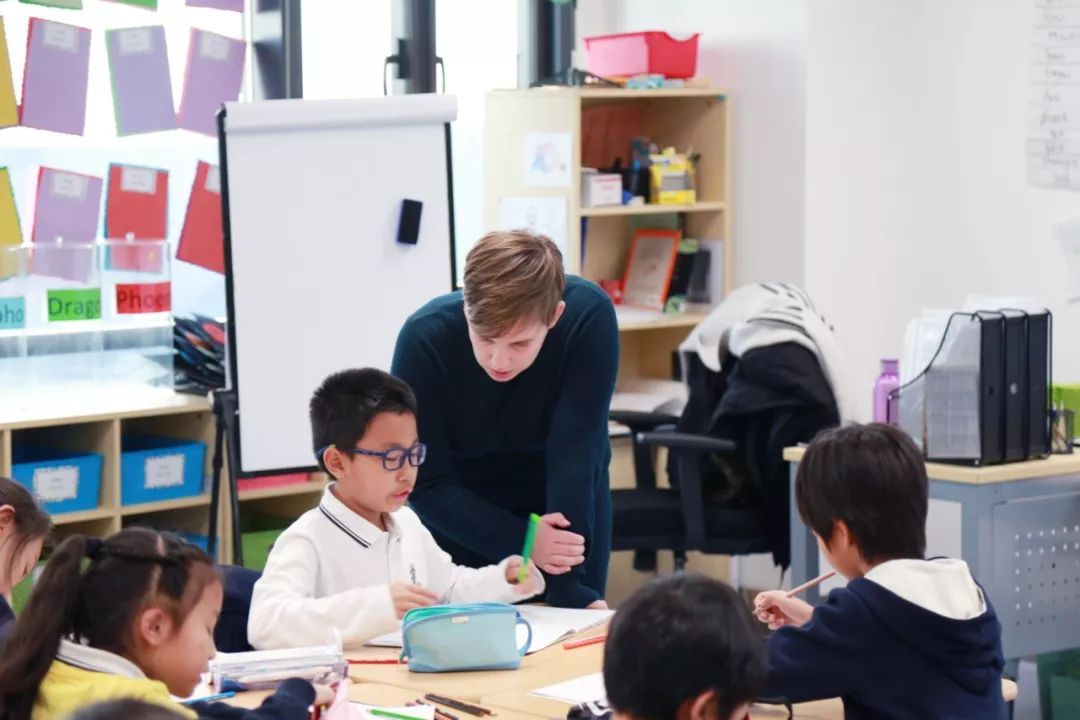
Next we consider appropriate teaching and learning strategies that will help us to engage our learners. Pie Corbitt’s ‘Talk for Writing’ is a creative teaching and learning approach based on the concept that children need to be able to orally retell stories to learn sentence structures and vocabulary before they can write effectively. ‘Talk for Writing’ ensures lessons are engaging and accessible toall students.
In this unit, we started by sharing the story ‘Ping’ with thechildren; we discussed any new vocabulary and focused on the story structure. The children then learnt the story through drama and drawing. This teaching strategy helps the children learn language structures that they can use in their own writing.
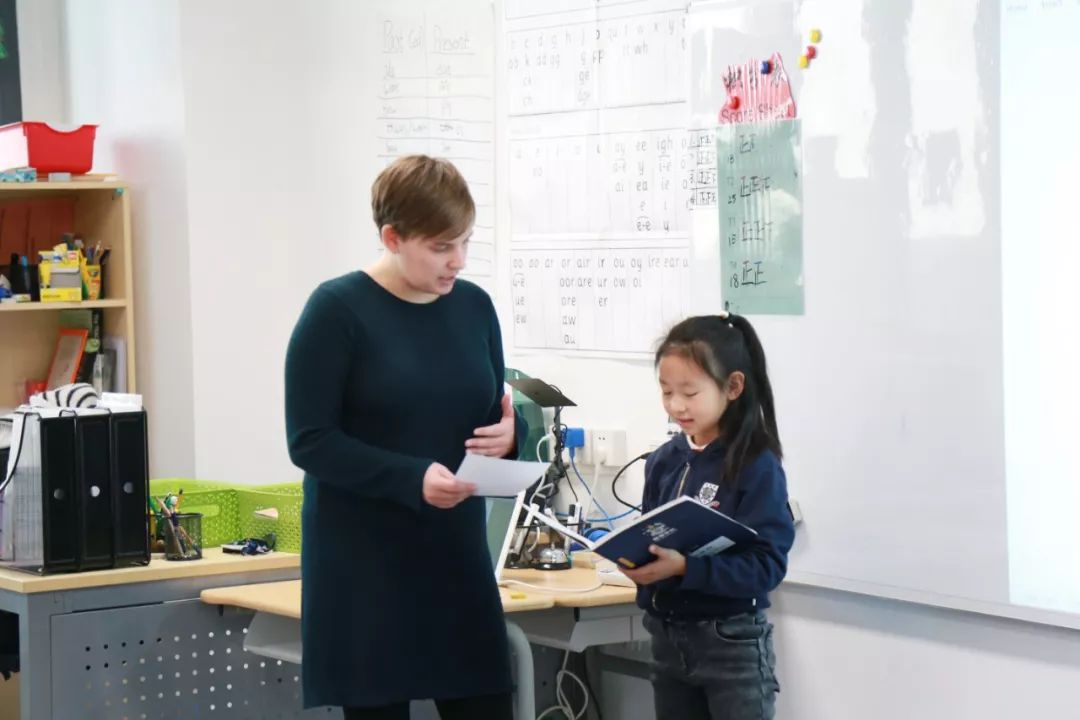
The next strand of the learning process was innovation and adaptation. In this, the students adapted the story and substituted story features for their own ideas. To support the students with this, we went on a learning walk around the school so they could generate ideas. Additionally, we explicitly taught grammar structures that the children would need to reach the previously identified objectives and model story structure. Following on from this, children developed their own stories based on the genre and had a chance to showcase everything they had learnt.
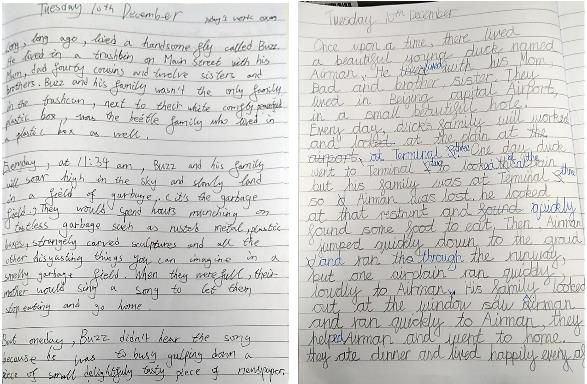
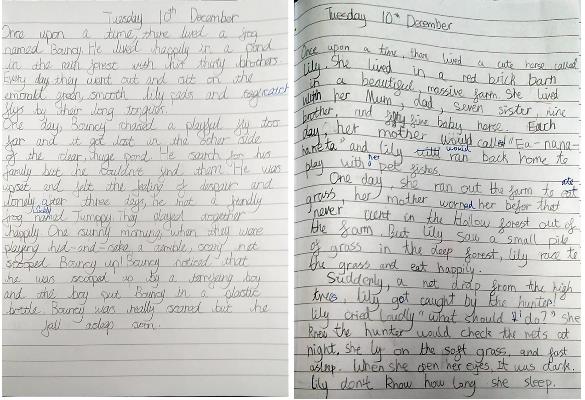
English homework written by G3 students

